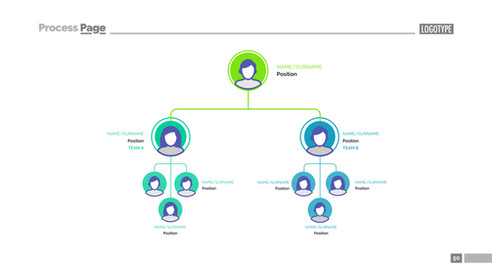Should You Create Reports for Family history?
- Fiona Appleton-Thorn

- Feb 22, 2020
- 3 min read
Family Historians spend many years developing a family history, it is essential for future generations or living relatives to have the reported findings listed as accurately as possible. Good reports mean that you or descendants or even living relatives can easily and conveniently pick up the research further down the road. If you don’t include specific dates and the sources where you found this information, the work you have done could be very confusing and deemed unreliable.

If a family historian intends to hire a professional genealogist, then passing that person a complete and accurate report will be beneficial for them to further your research. If your information is clear and detailed it will save time as the hired professional can base their work solely on the report given by you.
Professional researchers who work for clients use a reporting system as evidence of their abilities and research. It should clearly show the record sources and information, with problem solving objectives. It will detail searches that were undertaken that led to negative search results also. All the information should also be presented in a clear and concise format, so that you can decide how you proceed toward the next goal.
There are different ways of presenting your family tree information and if you haven’t yet started your research you can begin with very simple handwritten diagrams. In fact we have a free template you can download and print for beginners, it can help you plan which direction to take your first research steps. Just click the button “Get Downloads” https://www.anotherleafgenealogy.com/growing-your-tree
Narrative reports are commonly used to write all or just parts of a family history. It tends to be presented in a story format, chronological and biographical rather than detailing the procedures of the research.
Charts are used to show the visual representation of the lineage. There are several different ways to display the chart and are really dependent on the preference of the chart creator. The most common are Pedigree Charts and Drop Line Charts.
These are simple to use for small family groups depending upon the goal of what you are demonstrating. The Pedigree Chart reduces in size as it approaches the living ancestor in the blood line. Each generation that added to the blood line of that individual is shown in a new column. (according to records not DNA in this example) If the single entry is you let's say, the next column shows two entries, for your mother and father. The third column then shows the parents of your mother and your father, followed by each of their parents in the fourth column. Three generations, fourteen people, led to you. If you choose to continue further and further back each generation has the potential to double the number of entries just from pedigree.
A Drop-Line Chart shows the path from a common ancestor. It tends to show one or few ancestors at the top and then drops down line by line to show the descendants. In this style of chart it begins with less individuals and increases as it approaches the present day. This is almost the opposite of the Pedigree Chart.
It is very important to consider the type of search you are embarking upon. If your main interest is to find living relations then the Pedigree alone will not achieve that. Siblings are essential to add to your tree at each generation in order to identify cousins. A family reunion can be an amazing event where not only will you get to meet other relatives, you will also get to share the evidence you gathered while making the Family Tree!

Adding Spouse details may in some instances not be a priority for you, but it can also uncover second or third marriages which means there are possibly half siblings, step children and their descendants to add too. Even if they are not blood relatives this information could lead to other clues. Census records show extended family visiting or living together. Some marriages are the result of meeting distant cousins and in laws too. Here's a thought to demonstrate: Did you meet the Groom's cousin at your sister's wedding?
Whatever type of search you elect to undertake it's important to keep track of which record collections and time periods you have searched and what you searched for. Even if it is for your personal use only it could save you time in the future. Whether it's in a book, a spreadsheet or family tree builder on a website it's wise to list the search criteria you used and what the results of that search were.
Who knows, if you organize a reunion your search log could be the talk of the town!









Comments